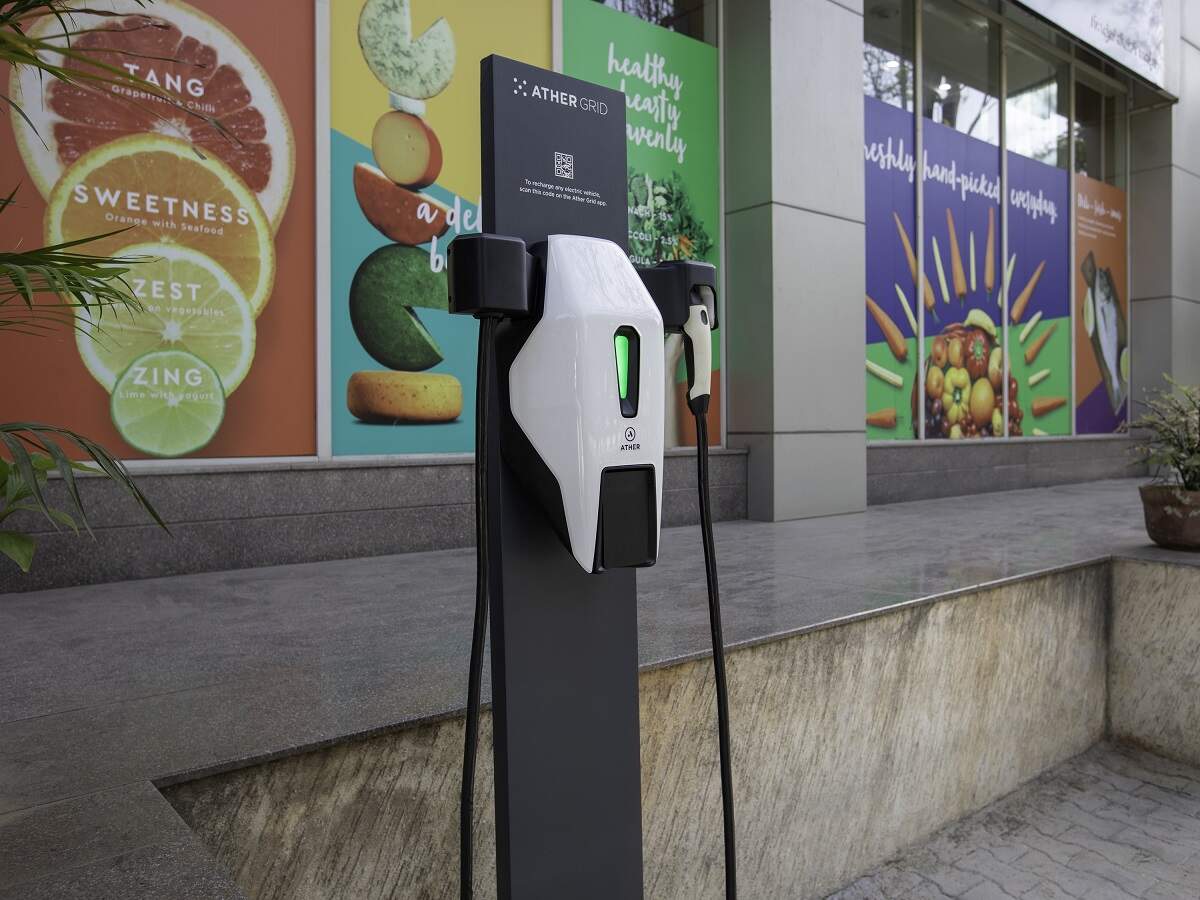
NEW DELHI: The government has decided to modify the guidelines for electric vehicle charging stations to give developers a freehand to choose the infrastructure technology to install, officials said.
Existing norms mandate public charging stations to install both Europe’s CCS and Japanese CHAdeMO charging platforms.
But the government has realised this may make it unattractive business model for charging station developers as it would increase their costs, and hence decided to let investors choose from among the available technologies, the officials said.
The guidelines issued by the power ministry on December 14 last year had said, “Current international standards used by most vehicle manufacturers internationally are CCS and CHAdeMO. Hence public charging stations shall have, one or more electric kiosks/boards with installation of all the charger models.”
The guidelines also specified technical parameters for slow and fast varieties of CCS, CHAdeMO and Bharat platforms.
CHAdeMO is a charging platform used by Japanese car makers such as Suzuki and Toyota, while Combined Charging System (CCS) is promoted by 15 out of 20 major OEMs across the globe.
“Mandatory installation of all charger models would require costs up to Rs 20-30 lakh,” a government official said. “The electric vehicles sale has not yet picked up, so it might not be possible for investors to invest so much in a business where return will not come immediately. Moreover, it is the right time to encourage electric vehicle charging infrastructure and to make it economical. A market-driven approach needs to be taken.”
Installing a slow charger can cost Rs 2-3 lakh depending on the technology, he said.
Alekhya Datta, fellow and area convenor, electricity and fuels division, at The Energy & Research Institute (Teri), said, “We could plan fast chargers of different standards such that within a grid of 3×3 sq km each of the public charging stations (PCS) should have at least one standard, i.e., either CCS or CHAdeMO, respectively.”
He said station optimisation is key in planning location of PCS to avoid cumulative impact on the grid, especially when load reaches the peak. “Further, we could also leverage individual chargers through a peer-to-peer framework, which may save huge investment in terms of deployment of fast chargers and grid augmentation,” Datta said.
The infrastructure guidelines require one charging station to be set up every three km in cities and every 25 km on both sides of highways. The tariff for supply of electricity to electric vehicle public charging station shall not be more than the average cost of supply plus 15%, it said. States will fix ceiling on service charges of the public charging stations.
The power ministry had earlier last year issued a notification clarifying that setting up charging stations for electric vehicles will not require a separate licence under the Electricity Act of 2003.